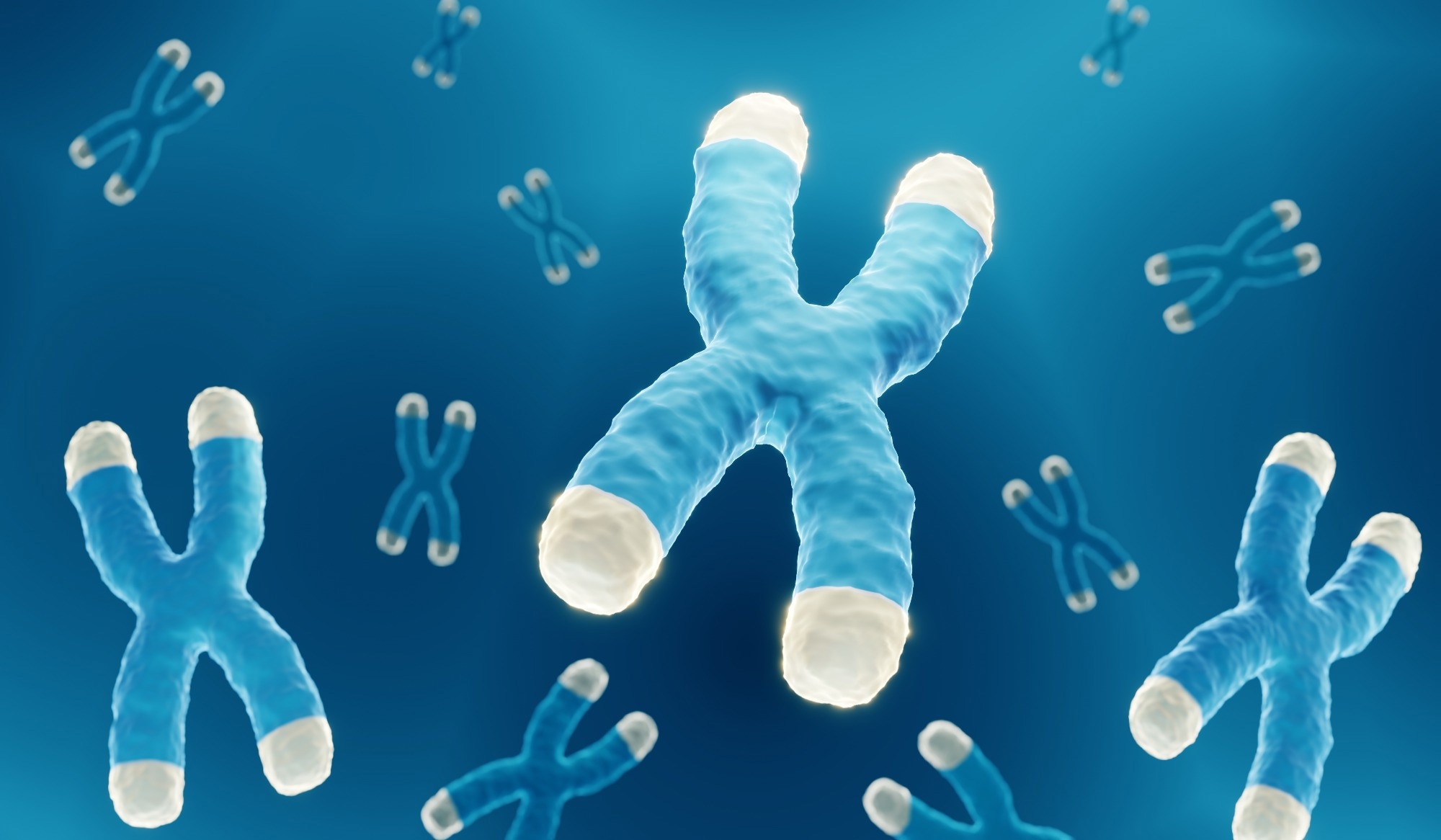In a recent study published in the journal Nature, scientists used mouse models to test whether in vivo gene silencing is sustained after transient delivery and expression of engineered transcriptional repressors by targeting the gene involved in maintaining cholesterol homeostasis.
 Study: Durable and efficient gene silencing in vivo by hit-and-run epigenome editing. Image Credit: ART-ur / Shutterstock
Study: Durable and efficient gene silencing in vivo by hit-and-run epigenome editing. Image Credit: ART-ur / Shutterstock
Background
A method that holds great promise in treating genetic disorders is epigenetic editing, where genes can be silenced without changing their primary deoxyribonucleic acid (DNA) sequence. Epigenome editing involves designer editors with effector domains obtained from transcriptional repressors that occur naturally and are targeted to programmable DNA-binding domains. Such DNA-binding domains include zinc-finger proteins (ZFPs) and transcription activator-like effectors (TALEs).
Transcriptional repressors from the Krüppel-associated box or KRAB family have been explored extensively for gene silencing and have exhibited the ability to induce robust gene repression in both in vivo and in vitro studies in various cell types. This gene silencing by KRAB-based editors is carried out using histone-modifying enzymes. However, the use of KRAB-based editors in somatic cells has been unstable, and the use of viral vectors to stably express these editors increases the danger of mutagenesis.
Therefore, this team of researchers developed engineered transcriptional repressors that contain, along with KRAB, the catalytic domain of the enzyme de novo DNA-methyltransferase A (DNMT3A) and its cofactor DNMT3A-like, which can specifically and durably silence endogenous genes.
About the study
In the present study, the researchers investigated whether the transient expression of engineered transcriptional repressors in vivo could induce sustained gene silencing. For this, they used mouse models and targeted the Pcsk9 gene, which promotes low-density lipoprotein receptor degradation on the liver's hepatocyte plasma membrane, thus controlling the circulating cholesterol levels.
The engineered transcriptional repressor targets the promoter-enhancer region of the gene during epigenetic silencing and concertedly removes and deposits activating and repression histone marks in the region. Additionally, the DNA methylation at sites where pairs of cytosine and guanine nucleotides occur in series, known as CpG islands, also increases due to the action of endogenous methyltransferases. This process determines the durability of the epigenetic silencing.
Here, the researchers engineered a hepatoma cell line from mice that reported single-cell level transcriptional activity for the Pcsk9 gene. This cell line was used to select the triple-engineered transcriptional repressor combination for the three types of programmable DNA-binding domain platforms that target the CpG islands containing the Pcsk9 promoter. The three programmable DNA-binding domain platforms included ZFPs, TALEs, and catalytically deactivated clustered regularly interspaced short palindromic repeats (CRISPR)-associated protein 9 (dCas9).
Lipid nanoparticles carrying the editor messenger ribonucleic acid (mRNA) were administered to the mice. Plasma samples from treated mice were analyzed to determine the levels of PCSK9 protein. Additionally, genomic DNA samples were used for the in vivo molecular analyses, and purified hepatocytes were used to quantify efficiencies in editing and epigenomic editing through targeted deep sequencing or the T7 endonuclease detection assay.
Furthermore, the triple-engineered transcriptional repressor combination was converted into an evolved engineered transcriptional repressor — an all-in-one molecule to decrease the molecular complexity of the platform.
Results
The results reported that ZFPs were selected as the programmable DNA-binding domain platform that performed most efficiently for epigenetic silencing of the Pcsk9 gene in mice. Furthermore, one administration of the editor mRNA inside a lipid nanoparticle successfully decreased the levels of PCSK9 protein in plasma by half, and this effect was maintained for close to a year in the mice models.
Despite the forced regeneration of the liver in these mice through partial hepatectomy, the silencing of the Pcsk9 gene and the epigenetic repressive histone marks persisted, indicating that the epigenetic state installed by the engineered transcriptional repressor was heritable. Furthermore, the evolved engineered transcriptional repressor, called EvoETR, had a high specificity profile, and the reductions in circulating PCSK9 protein levels were comparable to the results from conventional gene editing methods.
Compared to ribonucleic acid interference (RNAi), this gene silencing method was found to be more efficient and sustainable as only one administration was required for a year-long effect, while RNAi required multiple administrations. The use of EvoETR also had the added advantage of not inducing DNA breaks, unlike other genome-editing methods, preventing genotoxicity.
Conclusions
Overall, the findings showed that the use of programmable engineered transcriptional repressor combination, especially the simplified, all-in-one EvoETR, successfully silenced the Pcsk9 gene in mice and reduced the circulating plasma levels of the PCSK9 protein for close to one year. This method circumvents the genotoxic process of inducing DNA breaks that other gene editing methods require. These results highlight the potential in vivo therapeutic applications of epigenetic silencing.
Journal reference:
- Cappelluti, M. A., Poeta, M., Valsoni, S., Quarato, P., Merlin, S., Merelli, I., & Lombardo, A. (2024). Durable and efficient gene silencing in vivo by hit-and-run epigenome editing. Nature. DOI: 10.1038/s41586024070878, https://www.nature.com/articles/s41586-024-07087-8